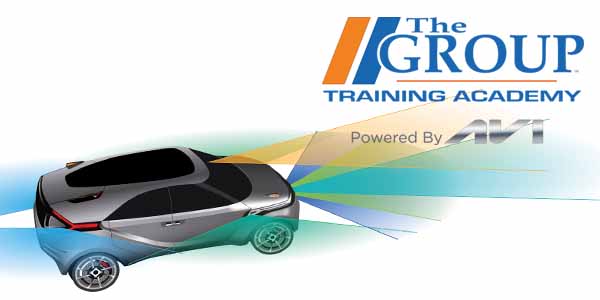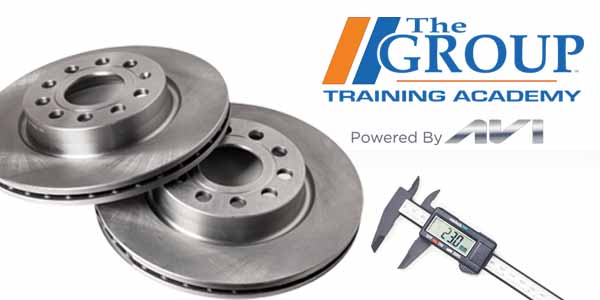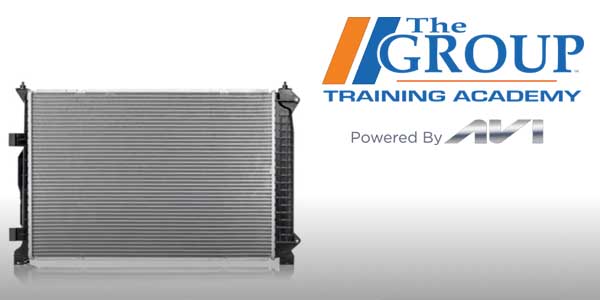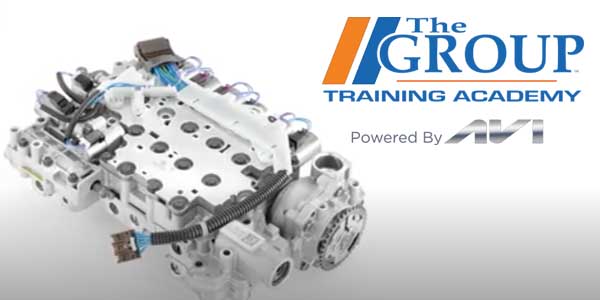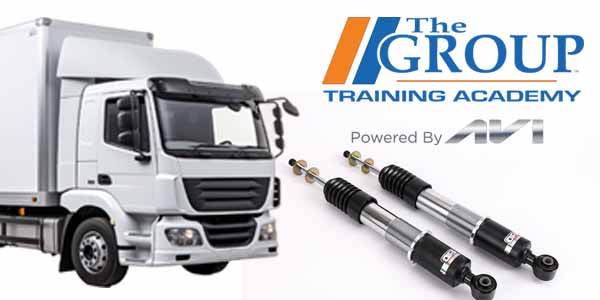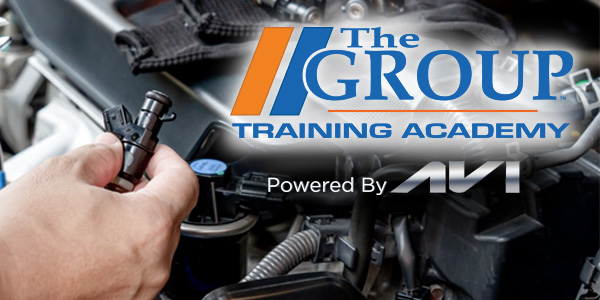Spark plugs have been around since the first internal combustion engine, and they’re still with us today. Without this simple but necessary component, there is no fire.
Most of us just take the new spark plug out of the box, gap it and install it in the old plug location and then tighten to factory torque specifications. But, there are some applications in which you need to index the plug.
Spark plug indexing is the orientation or placement of the ground electrode at a specified direction in the combustion chamber. An engine manufacturer or builder might specify a ground-electrode orientation for several reasons, including performance, efficiency, clearance or fouling prevention.
This video is sponsored by The Pronto Network.

